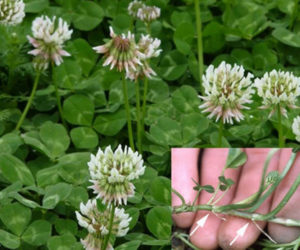 Clover:
Clover:
Clover is a broadleaf weed. It’s perennial, which means it will come back year after year. Clover grows in lawns and landscape beds. When it blooms, you will see white flowers. The structure of clover allows it to grow well and compete against other weeds.
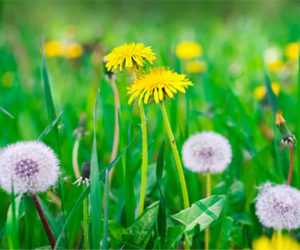 Dandelions:
Dandelions:
One of the most common weeds we see, dandelion is another broadleaf weed easily distinguished by its yellow flowers or the whitish seed pods that children love to blow on and spread the seeds around. It’s found in almost any area of a property and thrives in areas where nitrogen may be low.
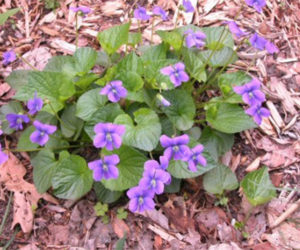 Wild Violet:
Wild Violet:
Also known as common blue violet, this perennial weed is hard to completely eliminate unless the right types of products are applied correctly. It has heart-shaped leaves with flowers that are typically blue or dark purple.
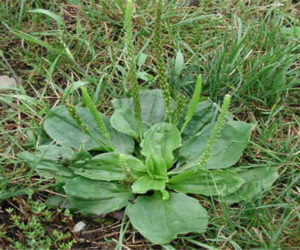 Plantain:
Plantain:
Another broadleaf weed, plantain shouldn’t be confused with the plantain fruit. It’s a weed that thrives in compacted soil, so getting rid of this one may require some aeration. It also loves moisture, so make sure your lawn has adequate drainage. Plantain leaves grow in a circle with stem-like flowers that emerge from the middle.
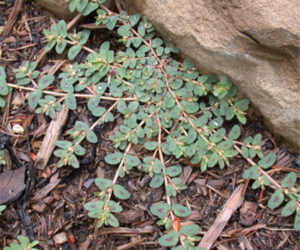 Spurge:
Spurge:
This warm season annual is found in disturbed soil, such as in gardens and flower beds, along sidewalks and in open turf areas. Red or purple-tinged stems host opposite leaves. These oblong leaves are reddish-green to dark green in color, often with a maroon or purple spot in the center. The prostrate structure forms mats by branching from the base.
 Carpetweed:
Carpetweed:
A late germinating summer annual forms several feet in diameter. Light green leaves of three to eight that taper at the base. Found lying on the ground with tips ascending, with blooms of small, white flower clusters. Carpet weed grows, like a carpet, commonly found in disturbed soil.
Woodsorrel (Yellow and Creeping):
Yellow Woodsorrel displays bright yellow flowers with five petals that flare outward. It prefers moist to slightly dry conditions in a rich loamy soil. A perennial broadleaf that can live more than two years, is not easily controlled with weed killers. As a summer perennial, Creeping Woodsorrel has heart-shaped leaves that are green to reddish-purple. Flowers are small, bright yellow with five petals. They form in clusters, not easily controlled by mowing, fertilizing or irrigating turf. In fact, those methods will aid in spreading. Once established it is a very competitive foe.


Crabgrass and Paspalum (Dallisgrass):
See our blog at https://freshlawncare.com/blog/is-it-crabgrass-or-paspalum-dallis-grass/
Nutsedge:
See our blog at https://freshlawncare.com/blog/nutsedge/















